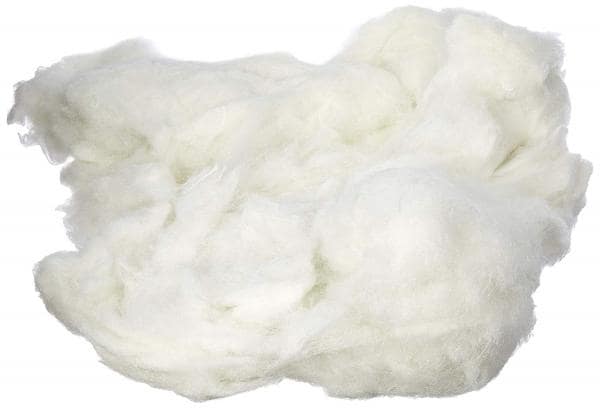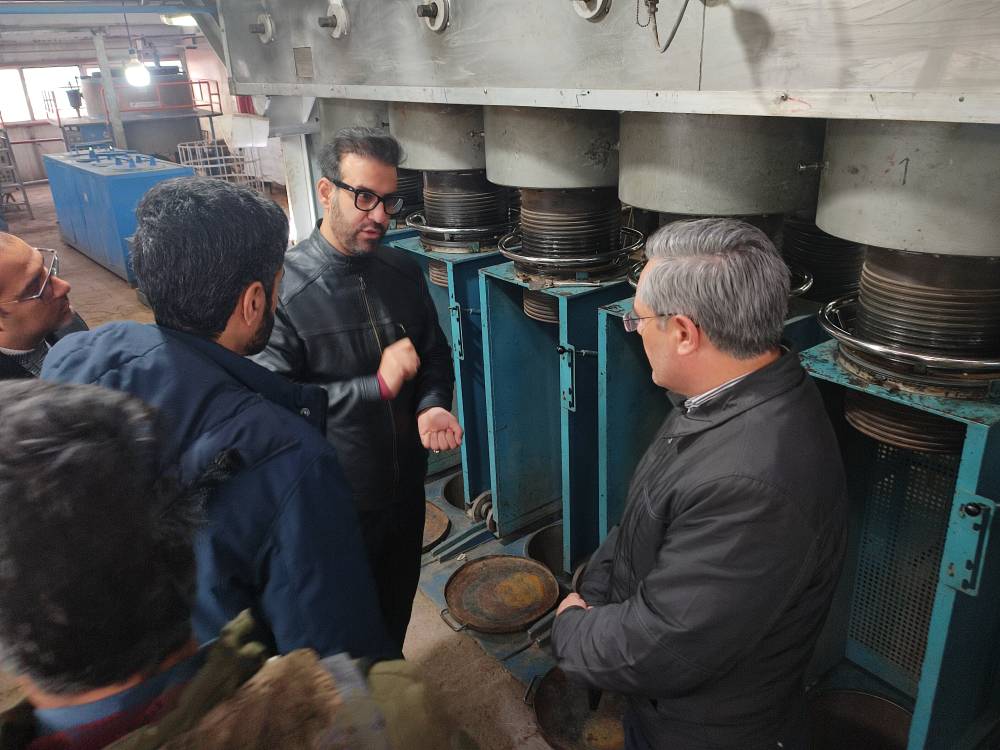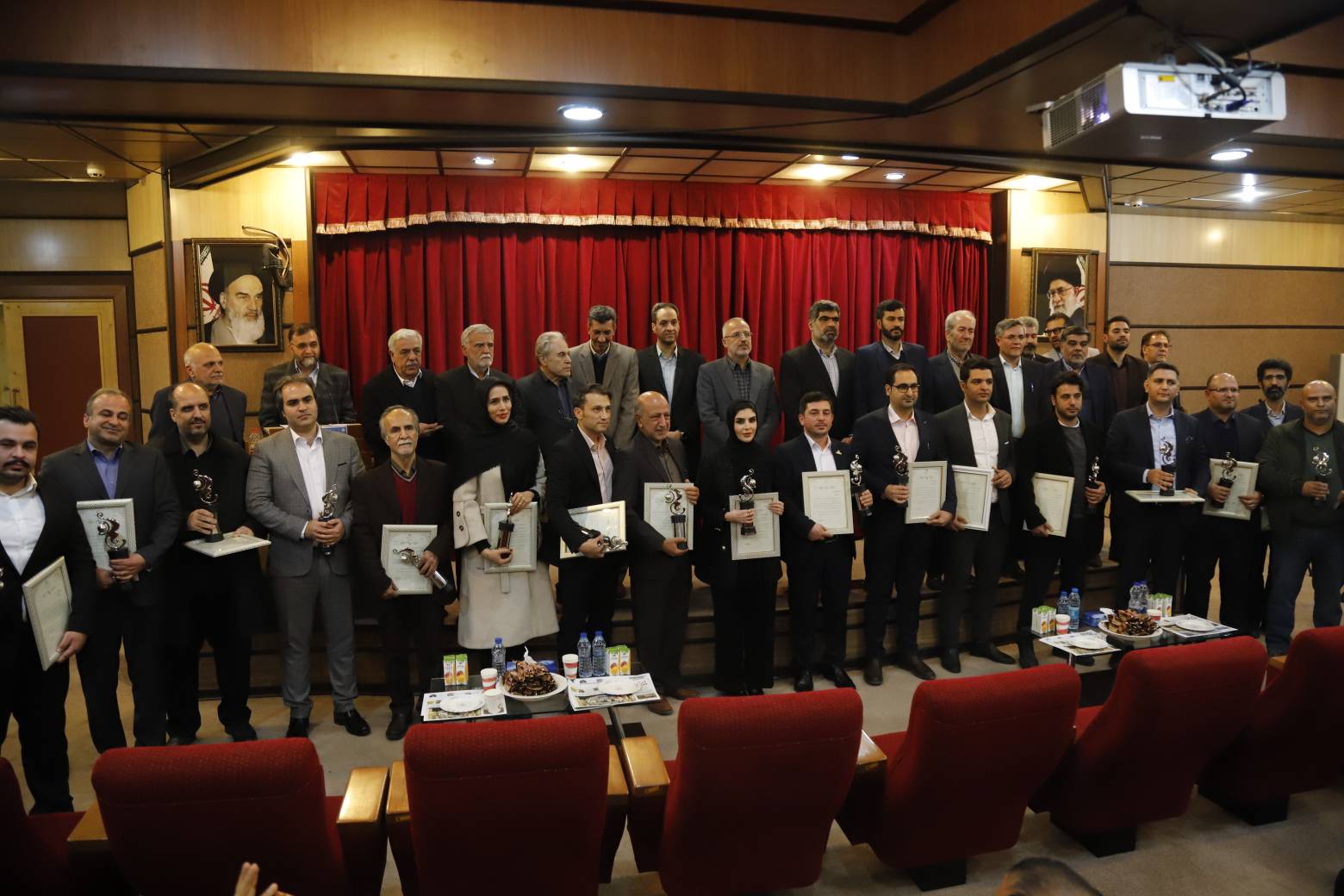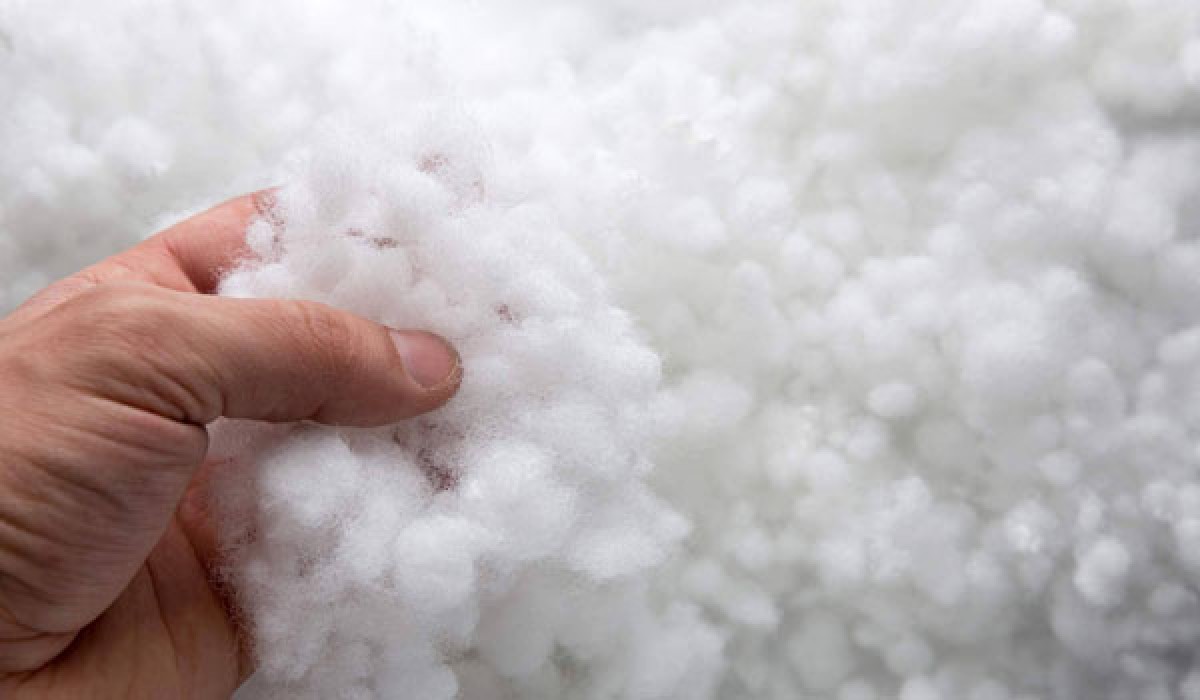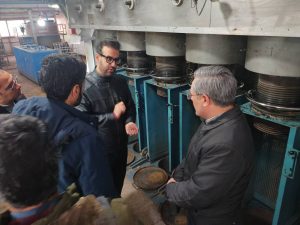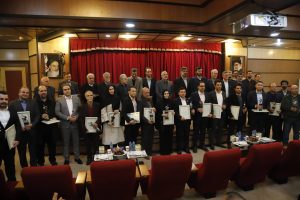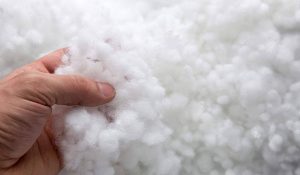Characteristics of polyester fibersWe can mention its features such as: Being soft, light and warm, durable, anti-allergic and hygienic. They do not absorb moisture and odor.
They can also be washed by machine and hand. Polyester fibers do not tangle together.UsagesPolyester fibers can be used for making carpets and rugs, moisture and thermal insulation, pillows, filters, mattresses, quilts, sofas, doll making processes and hundreds of other things.
Synthetic fibers for quiltsNowadays, the use of synthetic fibers for quilts and pillows has become very common. These fibers are obtained from petrochemical materials and also have high filling ability. They have a fluffy and hollow structure which are considered a suitable option as synthetic cotton.
These fibers are light, white, flexible and springy. On the other hand, these fibers are antibacterial and hygienic. It can be washed by hand and by machine.
The point is, it does not deform or change its shape after washing. Quilts filled with these fibers can be washed at high temperature, so they can be regularly cleaned from bacteria and mites.
Tondgooyan Fiber synthetic fibers Tondgooyan Fiber is one of the pioneers in the supply of hollow polyester fibers. This production group supplies all kinds of natural and synthetic fibers to the market.
The fibers of Tondgooyan Fiber have a reasonable price and unique quality that can be delivered to all parts of the country. You can get the best fibers for making sleep products with a reasonable price from Tondgooyan Fiber.
Characteristics of polyester fibers
Synthetic cotton hollow fiber Synthetic cotton fibers are actually synthetic fibers made from polyester. They are called synthetic cotton because of their similarity in appearance to cotton. Synthetic cotton fibers are transparent and white in color and have great flexibility.
Synthetic cotton has a significant volume. It is widely used in filling industries. The most important usage of this product is to use it in the production of the things that need a good filler, such as: The production of various types of pillows, sofa backs, different types of dolls and sleeping bags. The products which are filled with synthetic cotton fibers, are completely hygienic, flexible, soft and full of volume. They also are anti-mold, anti-fungal, washable and affordable.
How is Hollow Fiber made In general, it should be said that synthetic fibers or man-made Hollow Fiber are produced by different methods. Among the most important methods of fiber production, we can mention: Melt spinning, wet spinning, dry spinning and gel spinning. The constituent material of this fiber is in liquid form, which is the result of the dissolution of a solid substance in a solvent or the molten of a polymer. They pass through the holes of a thread maker with constant pressure. After leaving the thread maker, the fibers become solid. This stage is coagulation and makes the basis of the work of the mentioned methods.
Hollow Fiber production method As we said, there are different methods to produce these fibers. In the following, we will get acquainted with other methods:
Natural and synthetic fibers Electrospinning in Hollow Fiber The idea of the electrospinning method is based on the external electric field. It is used for charged melts and fluids. This external field causes the generation of electric charge on the surface of the polymer. It also overcomes the surface tension. In the end, it creates a jet or fast flow. Of course, this method is valid only for charged polymer solutions and also for melts which have sufficient molecular involvement. The electrospinning method produces fibers with a diameter of nanometers and lower than micrometers.
Natural and synthetic fibers Electrospinning in Hollow Fiber The idea of the electrospinning method is based on the external electric field. It is used for charged melts and fluids. This external field causes the generation of electric charge on the surface of the polymer. It also overcomes the surface tension. In the end, it creates a jet or fast flow. Of course, this method is valid only for charged polymer solutions and also for melts which have sufficient molecular involvement. The electrospinning method produces fibers with a diameter of nanometers and lower than micrometers.


